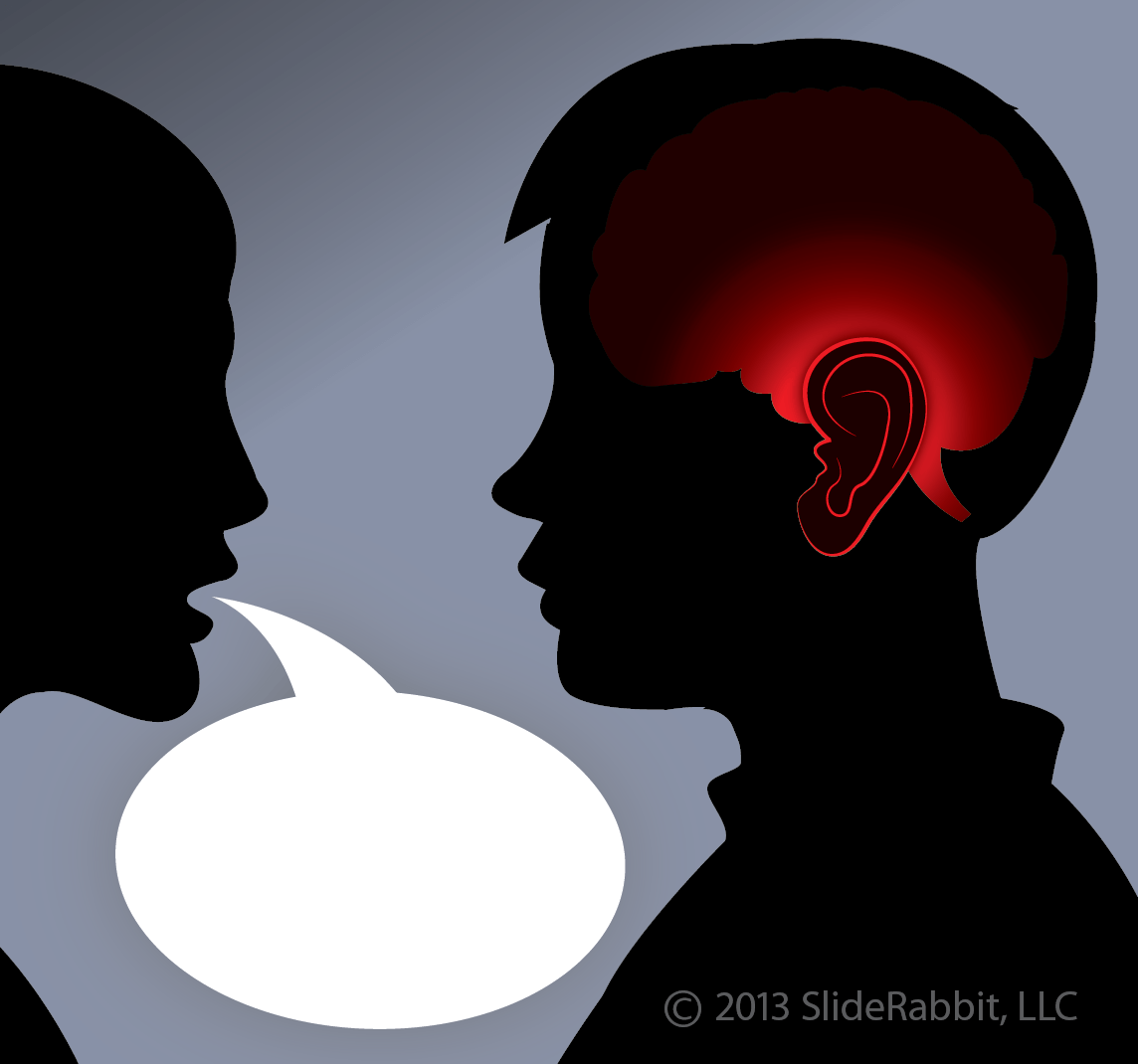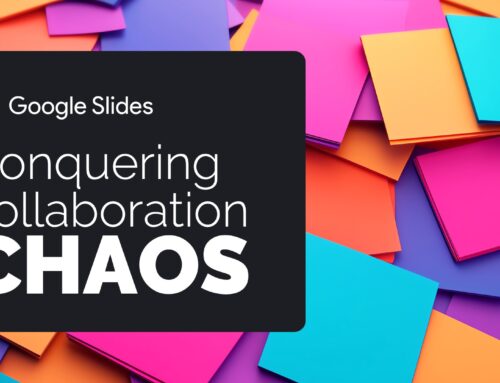How Emotions and Memory Are Connected
 Lately we’ve been exploring the ancient Art of Memory and, most recently, the main principle regarding importance of visual representations to forming strong memories. As a few commenters in our LinkedIn groups mentioned, the visual sense is only one of many ways to appeal to memory. Creating and feeling emotion is another important element to creating strong memories.
Lately we’ve been exploring the ancient Art of Memory and, most recently, the main principle regarding importance of visual representations to forming strong memories. As a few commenters in our LinkedIn groups mentioned, the visual sense is only one of many ways to appeal to memory. Creating and feeling emotion is another important element to creating strong memories.
“Content alone is never sufficient. We need an emotional connection.”
– Garr Reynolds
When we feel fear, relief, happiness, or sadness these carnal feelings awaken primal parts of our brains. The occurrence or information that caused the emotion, then, is burned into our memories right along with the reaction. Emotion and information gel into one experience, be it positive, negative or simply intense.
Imagine the trial lawyer, is there any question why he emotes so freely during opening and closing statements? In his appeal to the jury, he is solidifying the argument by drumming up their primal and reactive emotions: fear of a defendant (whether it be a murderer or a corporation) or fierce protectiveness of a victim.
Take fracking, for instance. There are many who are informed and opinionated about the issue, but if your job is to educate and convince the everyday layperson, explaining the reduced dependence on foreign oil or environmental dangers might fall on disinterested ears. Instead, appeal to their emotions. Discuss lowered gas prices or, depending on your position, the health risks of natural gas mixing into water supplies.
Sure, fracking is a sensitive subject; not all presentations are chock full of emotionally stimulating information. How do you create the drama when your subject matter is a little dryer?
Stir emotion in your audience by showing them how the information relates to them. If you’re introducing a new software system, make sure you’re appealing to the audience members’ emotions: how will the new software ease their daily workload? how will it help them excel in their careers? Allay any emotions you do not want them to associate with the information: the new software will not render any jobs obsolete.
When presenting, it’s important to use all the tools available to communicate to your audience in a way they can understand and remember. Visual aids help solidify information into memory and emotion has a way of seating information in our minds. Not only does it grab attention, but it creates a relatable experience for the audience. Relate information to your audience in a way that makes them feel your point.
“People will forget what you said, people will forget what you did, but people will never forget how you made them feel.”
– Maya Angelou






Leave A Comment
You must be logged in to post a comment.